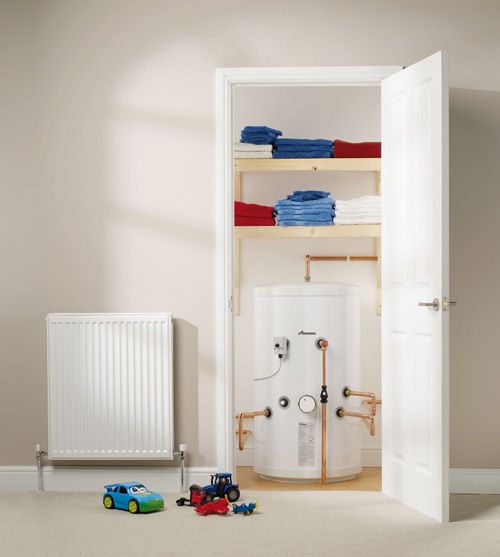

In some cases, fitting a regular or system boiler may be more appropriate than a combi boiler. To help you choose the best option, Worcester Bosch have outlined the differences, alongside the installation scenarios for each type of boiler.
System boilers vs regular boilers
The principle difference between a system boiler and a regular boiler is the composition of the appliance itself.
A system boiler, as well as comprising of a heat exchanger like a regular boiler, also has an expansion vessel and circulating pump built in. This design eliminates the need for a feed and expansion system to be sited in the roof space and external circulating pumps.
Regular boilers, sometimes known as traditional, conventional or heat-only boilers, were the first appliances ever to be designed for central heating systems. They operate on a low system pressure so, rather than being a sealed system pressurised to a higher level, are typically fed from a feed and expansion cistern sited in the roof space.
Making the right choice
Once you have an understanding of the property type and the household’s heating and hot water usage, the best system to choose should become perfectly clear.
Regular boilers for instance, are ideally suited to homes which already have a traditional heating and hot water system linked to a separate hot water cylinder. This is especially the case since the heating system and its components may not be able to cope with the higher water pressure that a system or combi boiler operates at. In this situation, a regular boiler also offers automated filling – topping itself up as and when needed.
The system boiler on the other hand offers alternative benefits to homeowners. As well as connecting to a hot water storage cylinder, there is no need for a loft sited F&E cistern, which saves space and the worry of frost or leak damage. With a system boiler, the built-in components make installation quicker, easier and neater too.
